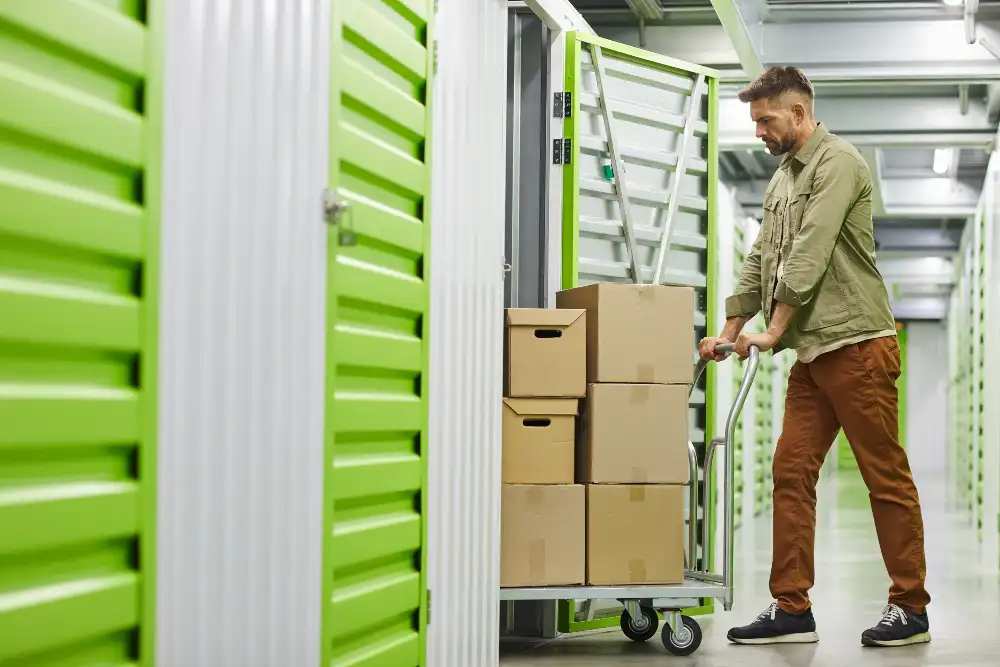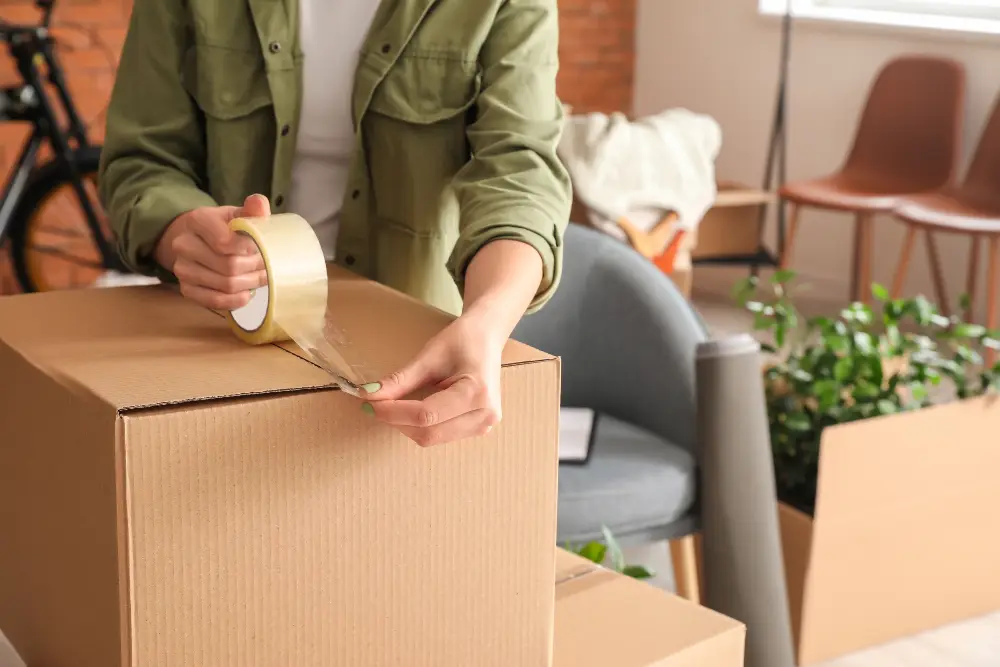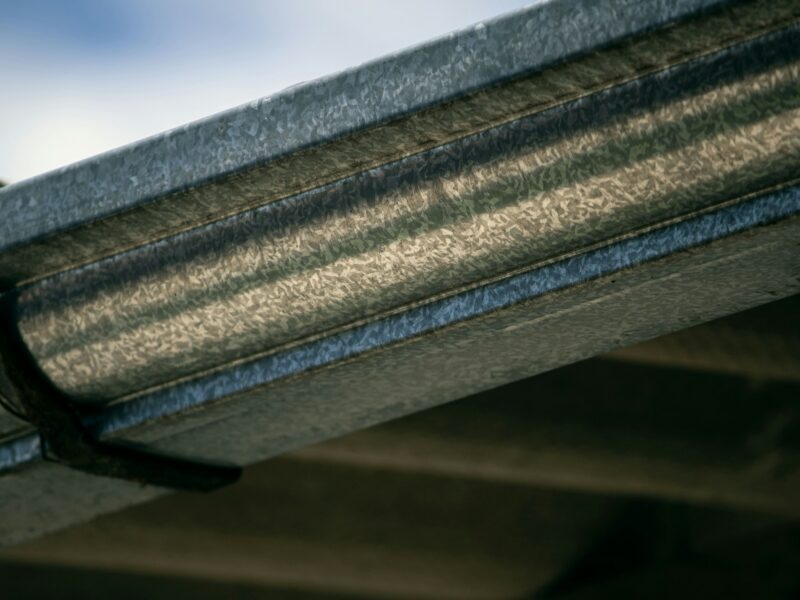Life is full of transitions, be it moving homes, downsizing for simplicity, or safeguarding heirlooms for future generations. Amidst all of these changes, long-term storage is truly indispensable because it can preserve the integrity, condition, and value of possessions over time.
As such, understanding the best practices for long-term storage is beneficial for anyone looking to keep their belongings safe, secure, and in pristine condition during extended periods of non-use.
Applying the right strategies can make a world of difference in storage outcomes. Beyond choosing the right storage location, there are several tactics to consider. Here are some of them.
Contents
- 1 Evaluate And Inventory Items
- 2 Choose The Right Storage Facility
- 3 Use Quality Packing Materials
- 4 Clean And Prepare Your Items
- 5 Utilize Climate-Controlled Storage
- 6 Label Everything
- 7 Optimize Space With Strategic Packing
- 8 Protect Against Pests
- 9 Regularly Check On Your Items
- 10 Insure Your Belongings
- 11 Conclusion
Evaluate And Inventory Items
Before embarking on the journey of long-term storage, the first step involves a meticulous evaluation and inventory of the items to be stored.
This process not only helps determine which items are worth keeping in storage but also plays a critical role in organizing and managing space efficiently.
When assessing items, consider their sentimental value, cost of replacement, and likelihood of future use.
Once the selection is made, create a detailed inventory list, including descriptions and conditions of items. This list not only aids in organization but also acts as a safeguard, ensuring that nothing is forgotten or misplaced.
It simplifies the retrieval process, making it easier to locate specific items without the need to rummage through boxes aimlessly.
Choose The Right Storage Facility
The choice of a storage facility is pivotal in ensuring the safety and preservation of your belongings over long periods.
Look for a facility that aligns with your specific requirements, focusing on aspects such as security measures, climate control capabilities, and the availability of different storage space sizes.
Brandon Street mini storage and other reliable facilities stand out by offering a comprehensive range of options catering to diverse storage needs.
Security features such as surveillance cameras, gated access, and individual alarms are essential for protecting your belongings from theft or vandalism. Moreover, consider the location’s convenience, accessibility, and customer service quality when making your decision.
A facility that offers flexible access hours and responsive support can significantly enhance your storage experience.
Use Quality Packing Materials

Investing in high-quality packing materials is crucial for the long-term preservation of your items.
Sturdy boxes, heavy-duty bubble wrap, and durable plastic bins are indispensable for safeguarding your belongings against environmental factors such as dust, moisture, and gradual wear and tear over time.
Opt for boxes specifically designed for moving and storage, as these are made to withstand stacking and long-term use. Utilize bubble wrap and packing peanuts for additional cushioning, especially for fragile items. Plastic bins offer an excellent alternative to cardboard boxes, providing superior protection against moisture and pests.
Remember, the choice of packing materials can significantly impact the condition of your items during storage, making it a worthwhile investment.
Clean And Prepare Your Items
Proper cleaning and preparation of your items are critical steps before placing them in storage. This proactive approach is key in protecting your items from possible dangers like mould, mildew, and invasions by pests.
Make sure fabrics are both dry and clean to stop mould and mildew from developing. With appliances and electronics, it’s crucial to clean them and take out the batteries to prevent any corrosion or leaks.
Wood furniture should be cleaned and treated with a protective polish to prevent drying and cracking. Metal objects can benefit from a coating of rust protectors.
Taking the time to clean and prepare your items meticulously can prevent damage and maintain their condition throughout the storage period.
Utilize Climate-Controlled Storage
Electronics, wood furniture, antiques, and any other materials sensitive to temperature fluctuations and humidity levels require a stable environment to prevent damage.
Climate-controlled units maintain a consistent temperature and humidity level, protecting your belongings from the adverse effects of extreme heat, cold, and moisture.
Storage of this kind is especially important for maintaining the condition of the wood, which may become warped or cracked under unsuitable conditions, and electronics, which are prone to damage from moisture buildup.
Although opting for climate-controlled storage might cost more, the investment is essential for protecting delicate items over extended durations.
Label Everything
Effective labelling is a cornerstone of organized long-term storage. Each box and container should have clear, detailed labels that specify their contents and any necessary handling instructions.
This method significantly streamlines the process of locating and retrieving items, eliminating the need for unnecessary searching and handling.
Use a waterproof marker to ensure labels remain legible over time, and consider including a brief list of contents along with any specific instructions, such as ‘fragile’ or ‘this side up.’
For added convenience, maintain a master list of box numbers or labels and their corresponding contents, facilitating easy access to items when needed without having to open multiple boxes.
Optimize Space With Strategic Packing
Maximizing the space within your storage unit requires strategic packing. Begin by disassembling large items, such as furniture, to reduce their footprint and protect them from damage.
Utilize vertical space by stacking boxes, keeping in mind to place heavier boxes at the bottom and lighter ones on top to prevent collapses and damage to your belongings.
Employ shelving units to organize smaller items and keep boxes off the floor, safeguarding against potential water damage.
By thinking strategically about the placement and arrangement of items, you can not only optimize your storage space but also ensure the safety and accessibility of your stored belongings.
Protect Against Pests
Pest control is a critical aspect of long-term storage, as infestations can cause significant damage to stored items.
Employ natural repellents, such as cedar blocks, lavender sachets, or peppermint oil, which can deter pests without introducing harmful chemicals to your storage environment.
For added protection, consider using specially designed storage products, like pest-resistant containers or bags. Sealing items in plastic bins with tight-fitting lids offer a robust barrier against pests, further safeguarding your belongings from damage.
Regularly inspect your storage unit for signs of pest activity and take prompt action to address any issues, ensuring a secure environment for your items.
Regularly Check On Your Items
Periodic inspections of your storage unit are essential for monitoring the condition of your stored items and the overall environment. These check-ins allow you to detect and address potential issues early, such as signs of moisture, pest infestations, or damage to your belongings.
During visits, verify that the climate control system is functioning correctly (if applicable), and adjust your storage arrangements as necessary to ensure optimal protection.
Regular monitoring not only helps maintain the condition of your items but also provides peace of mind, knowing that your belongings are secure and well-maintained.
Insure Your Belongings
Insurance offers an added layer of security for items in long-term storage, protecting against unforeseen events such as theft, fire, or natural disasters.
Many storage facilities offer insurance options, but it’s wise to review your existing homeowner’s or renter’s insurance policy to understand what is already covered and consider additional insurance if needed.
Ensure that the coverage adequately reflects the value of your stored items and is appropriate for the types of risks they may face.
Investing in insurance can mitigate financial losses and provide reassurance that, in the event of an unexpected incident, your belongings are protected.
Conclusion
Long-term storage demands more than just stashing belongings away; it requires careful planning, preparation, and maintenance to ensure items remain in their best condition over time.
From selecting a reputable storage facility to maintaining a climate-controlled environment, each strategy plays a pivotal role in safeguarding your possessions.
By adhering to these best practices, you can ensure that your valuable items are preserved for future use, minimizing the risk of damage and loss during extended storage periods.



